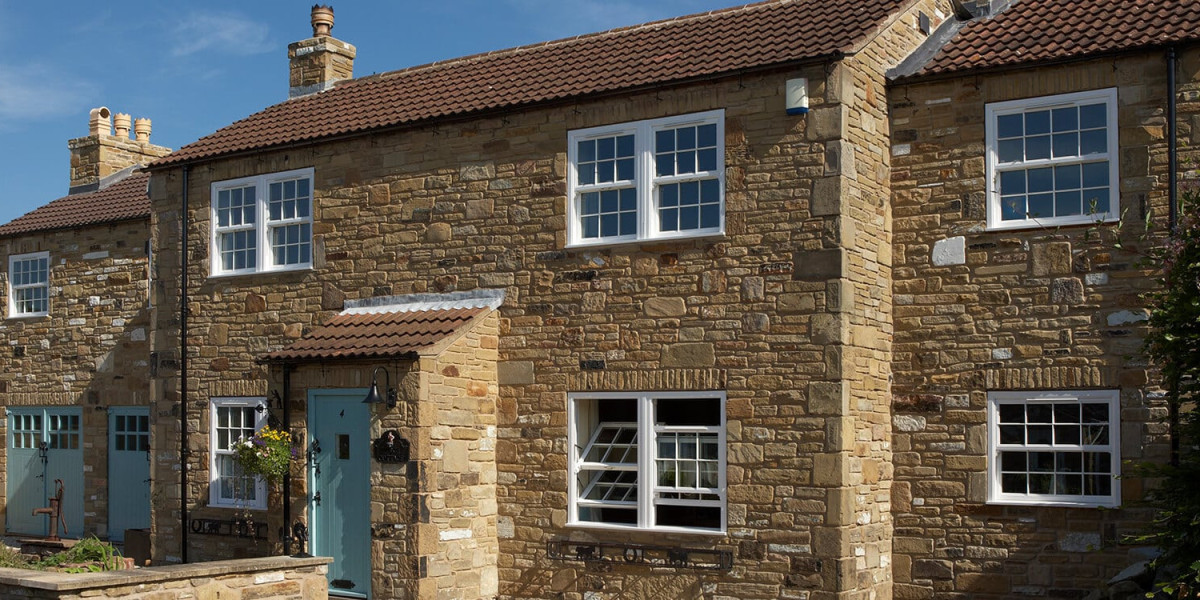Window installation is a critical aspect of both residential and commercial construction that significantly impacts energy efficiency, aesthetic appeal, and overall functionality of a building. Properly installed windows can enhance comfort, reduce energy costs, and increase property value. This article delves into the essential techniques, materials, and best practices associated with window installation, providing a comprehensive guide for homeowners, contractors, and builders alike.
Understanding Window Types
Before delving into the installation process, it is crucial to understand the various types of windows available. The choice of window can affect both the installation technique and the overall performance of the window. Common types of windows include:
- Double-Hung Windows: Featuring two operable sashes, these windows allow for improved ventilation and ease of cleaning.
- Casement Windows: Hinged on one side, casement windows open outward, providing excellent ventilation and unobstructed views.
- Sliding Windows: These windows slide horizontally and are ideal for areas where space is limited.
- Awning Windows: Hinged at the top, these windows open outward, allowing for ventilation even during rain.
- Picture Windows: Fixed windows that do not open, designed to provide unobstructed views and natural light.
Tools and Materials Required
Before starting the installation process, gather all necessary tools and materials. Common tools include:
- Level
- Tape measure
- Utility knife
- Screwdriver
- Hammer
- Caulking gun
- Pry bar
- Safety glasses and gloves
- New windows
- Shims
- Insulation (foam or fiberglass)
- Flashing tape
- Caulk (exterior and interior)
- Screws or nails
Preparing for Installation
Preparation is a vital step in the window installation process. Begin by measuring the window opening to ensure the new window fits correctly. Follow these steps:
- Remove the Old Window: Carefully take out the old window, ensuring not to damage the surrounding frame. Use a pry bar to detach any trim and a utility knife to cut through any caulking or paint that may be holding it in place.
- Inspect the Frame: Once the old window is removed, inspect the frame for any signs of damage or rot. Repair or replace any compromised wood to ensure a solid foundation for the new window.
- Clean the Opening: Remove any debris, old caulk, or insulation from the window opening to prepare for the new installation.
Installing the New Window
With the preparation complete, it’s time to install the new window. Follow these steps for a successful installation:
- Dry Fit the Window: Before securing the window, place it into the opening to check for fit. Ensure that it is level and plumb.
- Apply Flashing Tape: To prevent water infiltration, apply flashing tape along the bottom of the window opening. This step is crucial for ensuring long-term durability.
- Insert the Window: Place the window into the opening, making sure it is centered and level. Use shims to adjust the window until it is perfectly plumb and square.
- Secure the Window: Once the window is positioned correctly, secure it in place using screws or https://blogsubmissionsite.com/blog/details/transform-your-home-with-double-glazed-windows-in-st-albans (http://kuma.wisilicon.com:4000/clintongreenbe) nails. Be careful not to overtighten, as this can warp the frame.
- Insulate: Fill any gaps between the window frame and the rough opening with insulation. This step is vital for energy efficiency and helps to prevent drafts.
- Caulk and Seal: Apply exterior caulk around the perimeter of the window to seal any gaps. This prevents moisture from entering and enhances energy efficiency.
Finishing Touches
After the window is installed, it’s time to add the finishing touches:
- Install Trim: Replace or install new interior and exterior trim around the window for a polished look. Use a level to ensure that the trim is straight.
- Paint or Stain: If necessary, paint or stain the trim to match the surrounding decor. This step enhances the aesthetic appeal of the installation.
- Clean the Window: Finally, clean the glass and surrounding areas to remove any dust or debris from the installation process.
Best Practices for Window Installation
To ensure a successful window installation, consider the following best practices:
- Choose Quality Materials: Invest in high-quality windows and materials to enhance durability and performance.
- Follow Manufacturer Instructions: Always adhere to the specific guidelines provided by the window manufacturer for optimal installation.
- Work in Appropriate Weather: Avoid installing windows during extreme weather conditions, such as heavy rain or freezing temperatures, as this can impact the installation process.
- Seek Professional Help if Needed: If you are unsure about your ability to install windows correctly, consider hiring a professional. Proper installation is crucial for performance and warranty purposes.
Conclusion
Window installation is a vital component of building construction and renovation that requires careful planning, execution, and attention to detail. By understanding the various types of windows, preparing adequately, and following best practices, homeowners and contractors can ensure successful installations that enhance energy efficiency, aesthetic appeal, and overall property value. Whether undertaking a DIY project or hiring professionals, investing time and effort into proper window installation will yield long-term benefits for any building.







